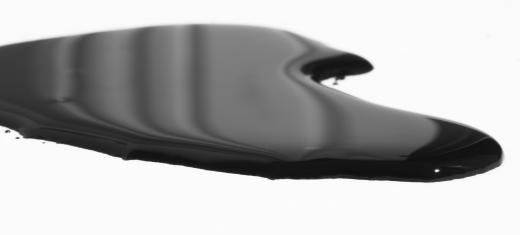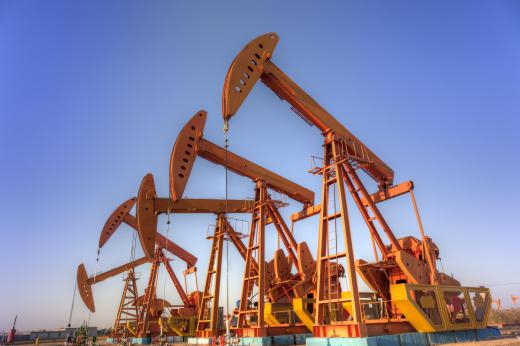Gas lift is a method of increasing the natural flow rate of an oil well by reducing the weight of the liquid in the well column through the injection of high-pressure gas. The weight of the oil in the well column, along with the resistance caused by the flow of viscous crude oil through the well system, must be overcome by the natural pressure of the reservoir to provide flow. Injecting gas near the bottom of the well column reduces the density of the oil, and the total weight of the liquid within the well column. Gas lift systems are typically more compact and require less energy than other methods of increasing flow rates, and are a popular solution for offshore drilling projects.
Most oil reservoirs are under enough natural pressure to provide an economical rate of flow when they are first tapped. As oil is removed from the reservoir, however, the pressure drops and the rate of flow slows or comes to a complete stop. Since this typically occurs before the bulk of the oil has been removed from the reservoir, the remainder of the oil can be profitably exploited by reducing the downward pressure of the well column on the reservoir. This can be done by directly pumping the oil up through the well column, replacing the missing oil in the reservoir with water or other liquids, or by reducing the weight of the liquid in the well column.

Gas is injected into the well column either through the casing of the well or directly through the production tube. If the gas is injected through the well casing, the gas inlet valve is usually placed in a mandrel, a sort of niche built into the side of the production tube. This allows the oil to flow up the tube without being impeded by the gas injection apparatus, and is generally favored in low-volume wells. In larger wells, the gas lift system may be lowered into the production tube directly without significantly affecting the flow of oil.

In the case of most land-based oil wells, other methods of improving flow are simpler and more economical than gas lift. It is primarily used on offshore drilling rigs, where space is at a premium and the compact nature of injection mechanisms is an advantage. It is also used in oil fields that produce a high volume of natural gas. The gas can be passed through a scrubber to purify and dry the gas on-site, where it can be immediately injected into oil wells with marginal production. Once the gas is injected into a well, the majority is reclaimed at the surface and may be compressed and re-injected without a great deal of wastage.
